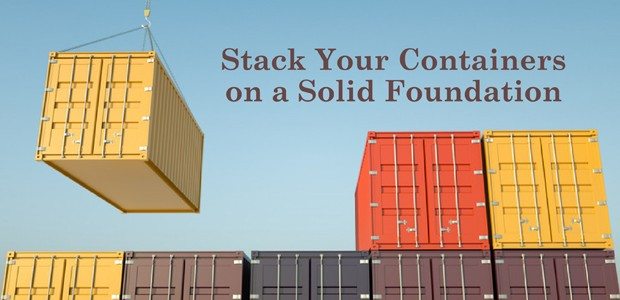Containers have become a mainstream IT technology very quickly and companies are scrambling to jump on the container bandwagon. Before you rush out to start building containerized apps, though, make sure you have a solid foundation for them to run on. The cloud and virtualization platforms you use play a significant role in your container environment.
I wrote this post for ContainerJournal about the cloud and virtualization foundation for containers:
Containers are a hot trend and they are transforming the way companies develop, deploy, and maintain apps. The very existence of ContainerJournal—a site dedicated to news, education, and community building related to containers—is a testament to the strength of the container movement. As great as containers are, though, they don’t work well in a vacuum. You have to have a solid IT infrastructure in place in order for the containers to work their magic.
The containers are like the engine of a car and the IT infrastructure the containers run on is the car itself. It doesn’t do you any good to have a great engine if the car itself is rusted out and has a broken axel or flat tires. You can have a precision engine with massive horsepower capable of propelling a Formula One race car, but if you put it in a beat up Yugo (Google it) it won’t do you much good.
What makes up the infrastructure then? What is the foundation the containers depend on? The foundation is comprised of the servers and network resources that run and deliver the cloud apps. It might be physical servers in an on-premise datacenter, but in most DevOps environments the foundation is a combination of virtual servers running in the cloud.
There are a variety of cloud providers and virtualization platforms to choose from: Amazon Web Services, Rackspace, and Microsoft Azure are major players in the cloud market but there are also smallercompanies like ProfitBricks that specialize in delivering a cloud platform optimized for containers.
Depending on the size of your organization and the resources and expertise you have available to manage the infrastructure itself a cloud platform optimized for containers can be a big advantage. Developers don’t need to use standalone applications or custom scripts to scale resources because those capabilities are integrated seamlessly into the ProfitBricks cloud offering.
The other pillar of the container foundation is virtualization. There are a variety of options available for virtualization as well, but the two primary competitors are Microsoft and VMware. Both are working closely with container ecosystems and pursuing container initiatives of their own.
See the full post on ContainerJournal: Stack your containers on a solid foundation.



